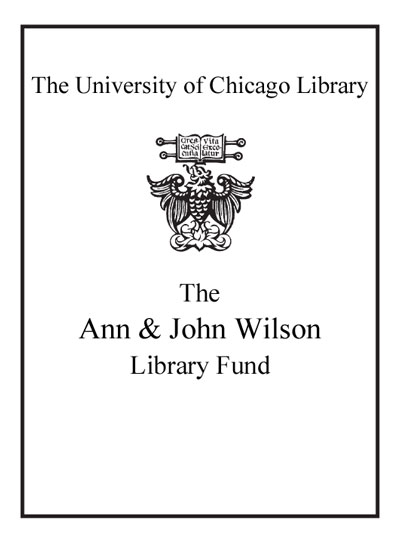| Summary: | For the Ottoman Empire, the Modern Age is the history of the struggle for existence rather than development and growth. In this process, the Ottoman Empire tried to maintain its existence by using its rivals. From Selim, the Ottoman foreign bureaucracy resisted and remained independent, to the extent that it could make the conflicting interests of the states wishing to exploit the rich Ottoman lands as part of existence. The wars of Western states, especially Russia, from the beginning of the modern age, led to the collapse of the Ottoman Empire. Tanzimât Ferm longhale began to recover from the internal structure, the existence of the Crimean War at the level of Western states guaranteed. However, in the heart of Europe, there were intense clashes in the Balkans and then the 93 War and the Balkan Wars prepared the end of the state. Although the signs of development in a long period of peace have been shown with Abdülhamit, institutional disintegration has not been prevented. The Balkan wars accelerated the collapse along with the great loss of land and the Ottoman Empire collapsed at the end of the First World War. Developments that have been tried to be summarized above have been written by experts of the subject as a result of rigorous research. Beginning from the political history of the Ottoman Empire since the end of the 18th century, the change of the management and management forces has been tried to be given in integrity by combining the issues of development and innovation in education, industry, agriculture and art in the direction of the dynamics of Turkish modernization. In the 19th century, the relations between the state and the subjects of the imperial society, the process of change of the characteristics of Muslim and non-Muslim subjects, the status of the subjects and the privileged situation within the state were tried to be given in almost every section of the book. In the book, separate chapters were opened for the Greek, Armenian and Jewish elements, also called milel-i selâse.
|
|---|

